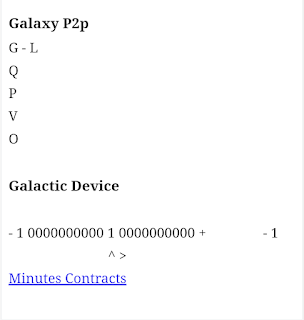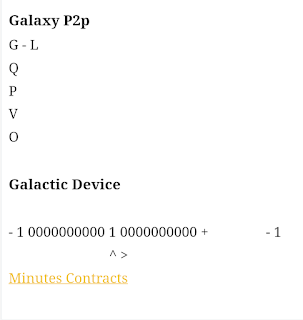Nitrogen Quantum Locking Superconductors
Introduction
Superconductors are materials that exhibit zero electrical resistance and expel magnetic fields below a certain temperature, known as the critical temperature. This unique property opens the door to various advanced technologies, including magnetic levitation and efficient energy transmission.
Quantum Locking
Quantum locking, or flux pinning, occurs when a superconductor is cooled in the presence of a magnetic field. The superconductor locks into place relative to the magnetic field lines, allowing it to levitate and maintain a stable position. This phenomenon is particularly observed in type II superconductors.

Nitrogen-Based Superconductors
Certain superconductors incorporate nitrogen, either as a dopant or in their crystal structure, enabling them to operate at higher temperatures. These materials are of significant interest for their potential applications in both commercial and scientific fields.

Applications
- Maglev Systems: Leveraging magnetic levitation for frictionless transport solutions.
- Energy Storage: Enhancing the efficiency of energy storage systems through superconducting technologies.
- Magnetic Bearings: Creating frictionless bearings for various industrial applications.
Conclusion
Nitrogen quantum locking superconductors represent a significant intersection of materials science and quantum physics. Their unique properties hold promise for revolutionizing technologies in transportation and energy sectors, paving the way for more efficient and sustainable systems.








0 Comments